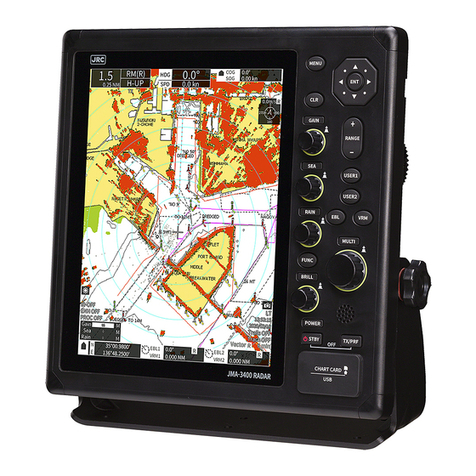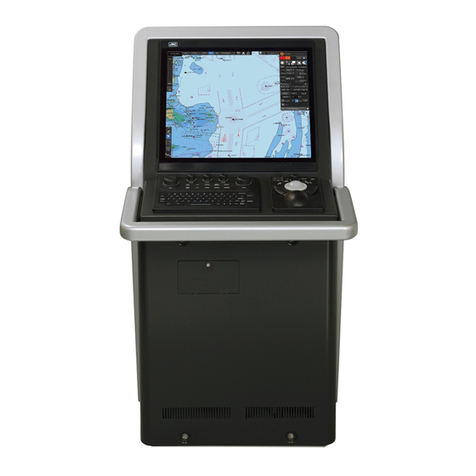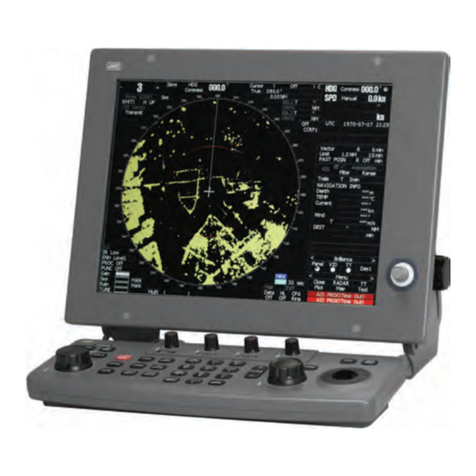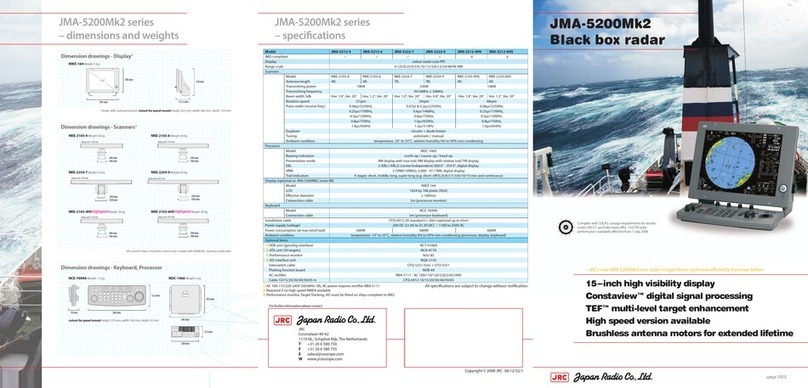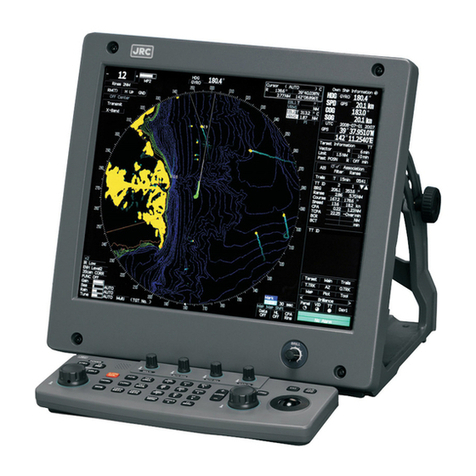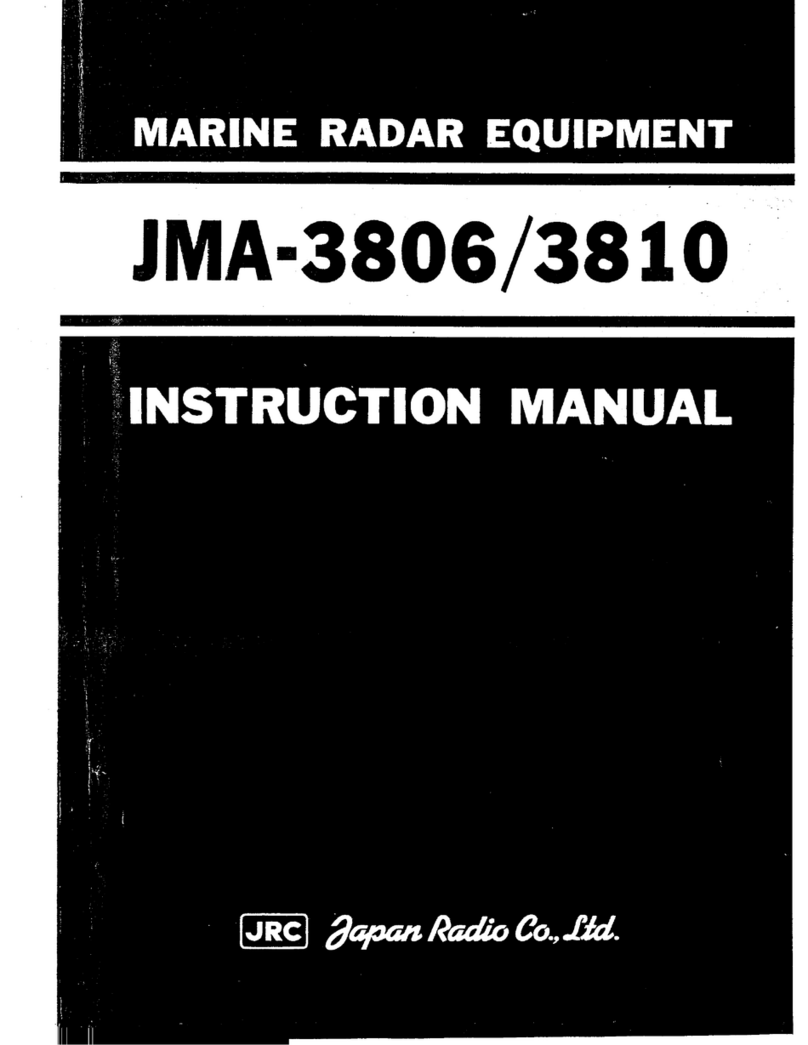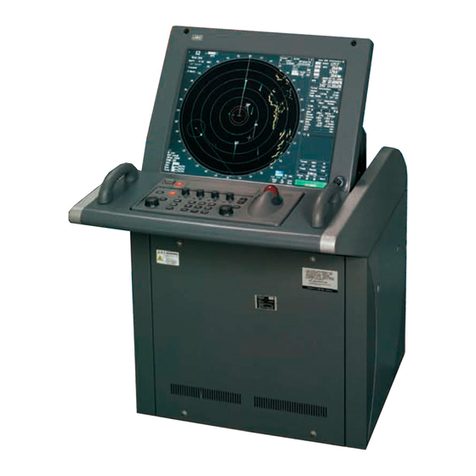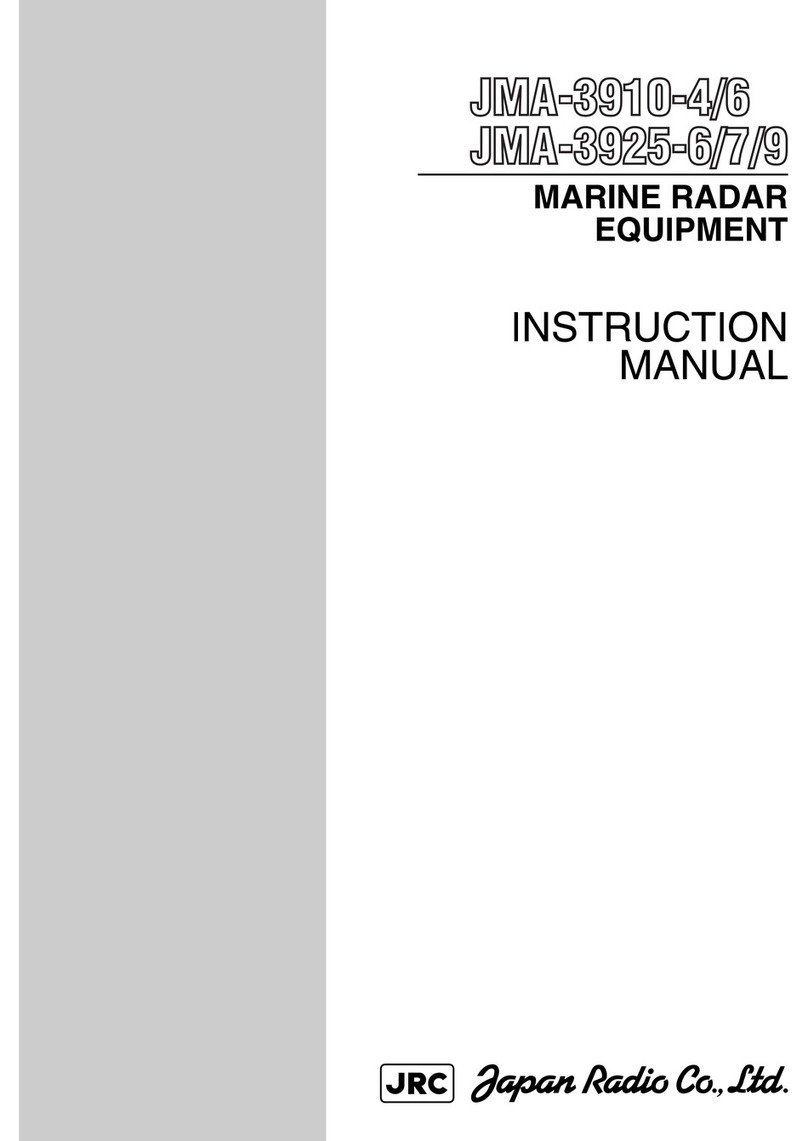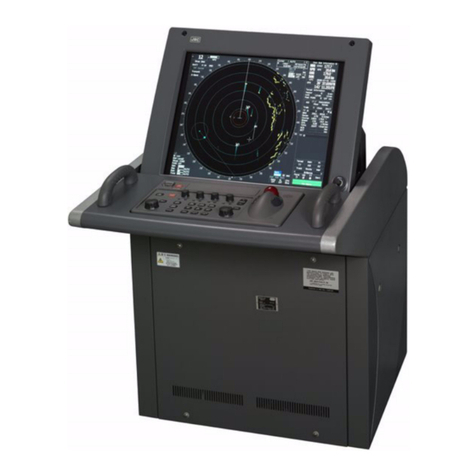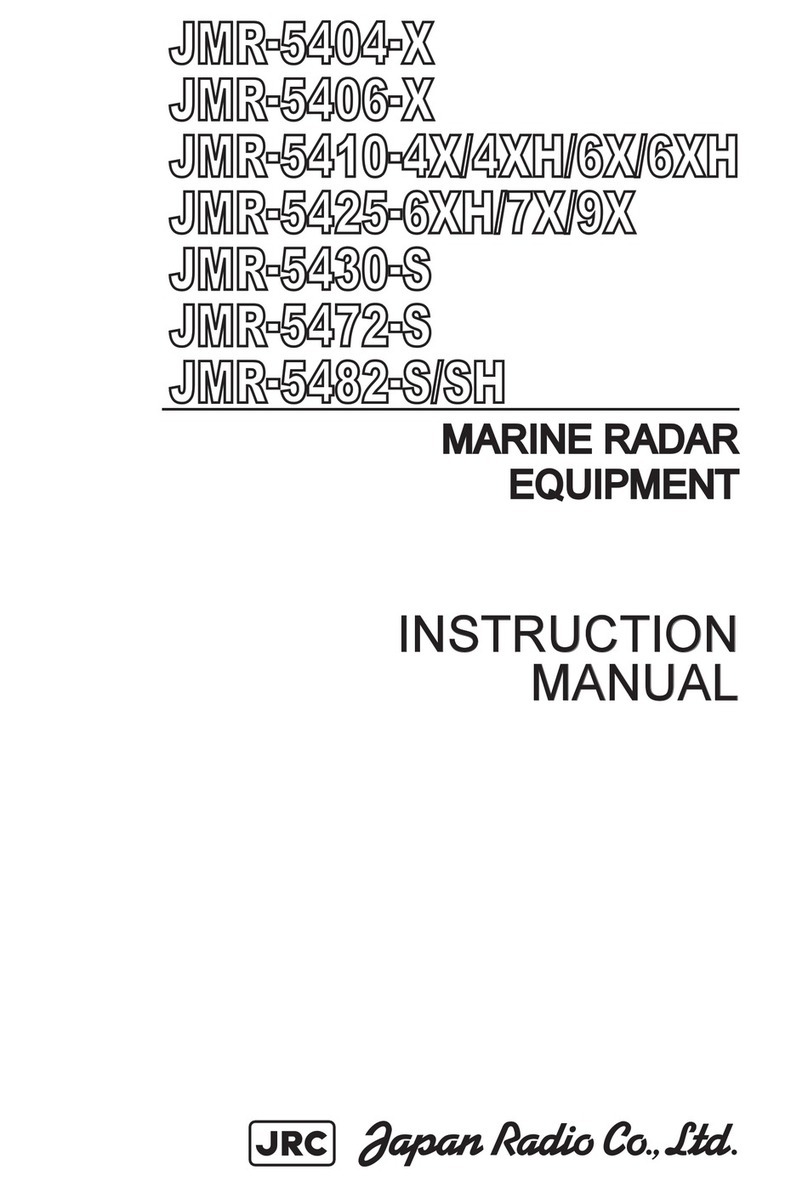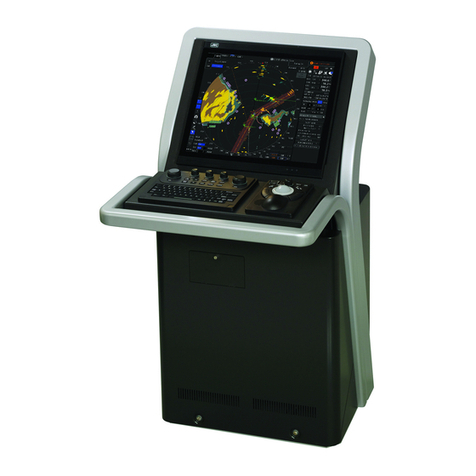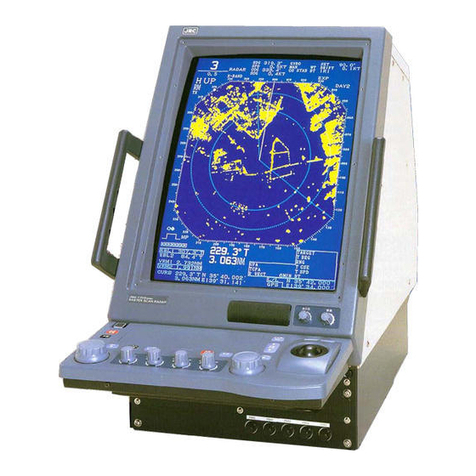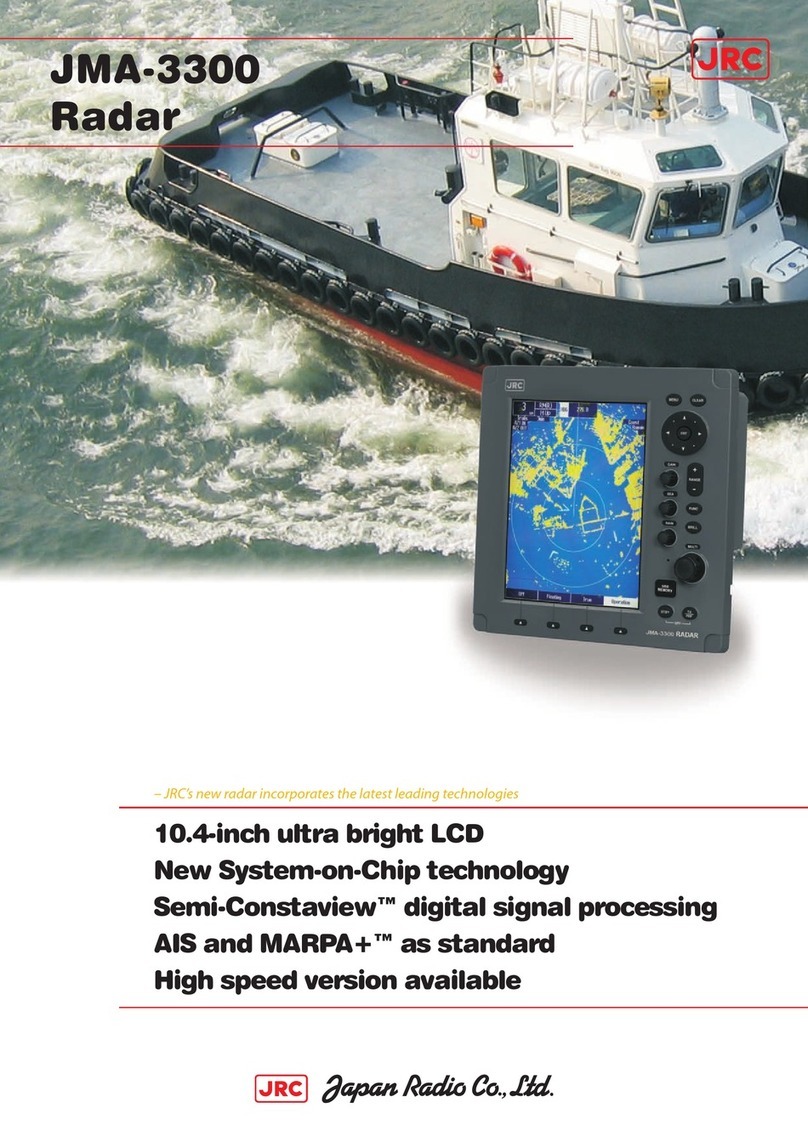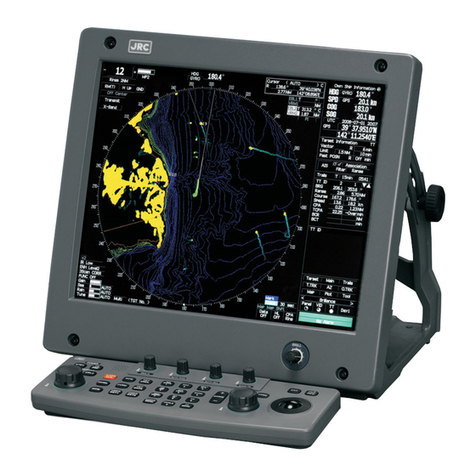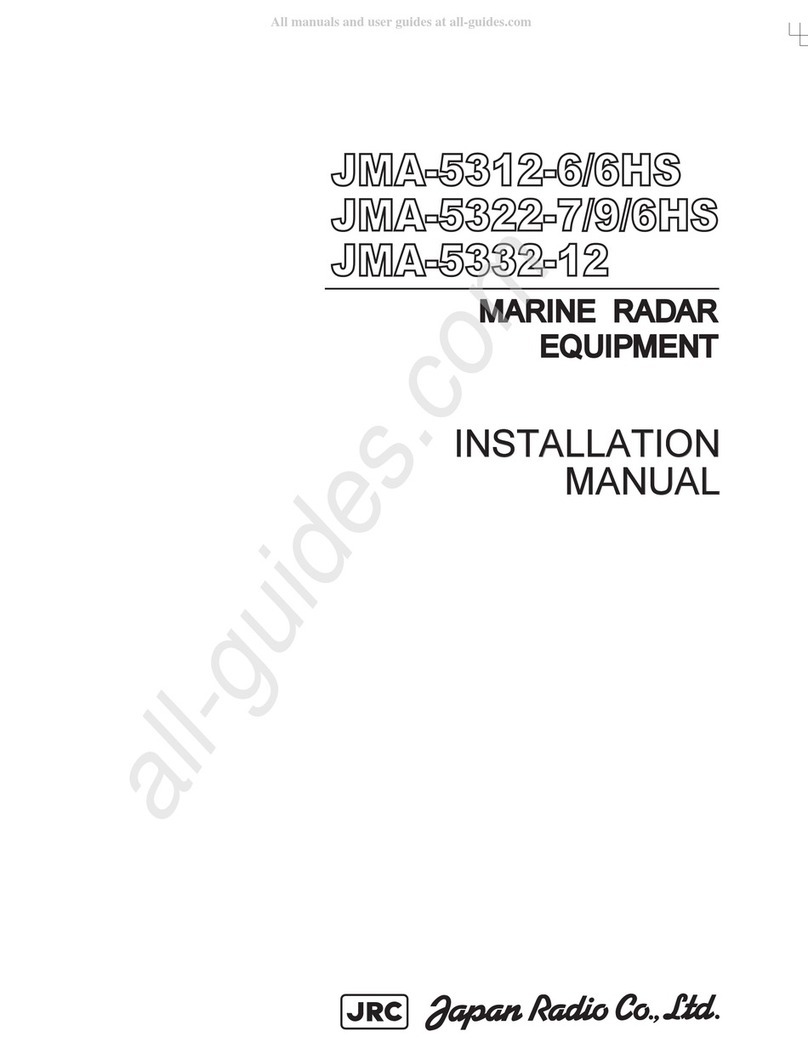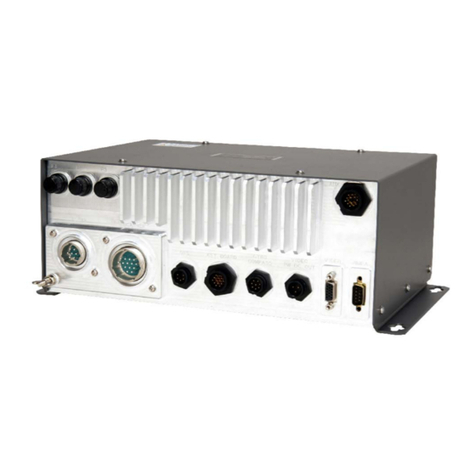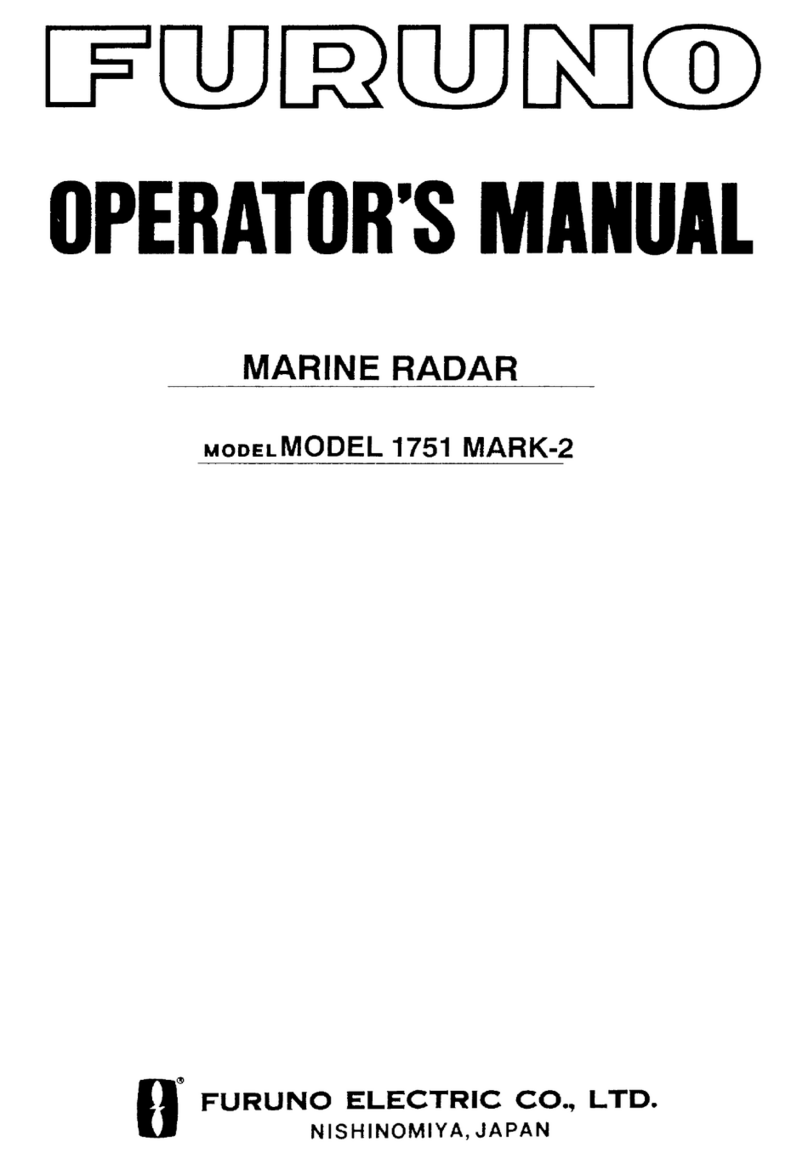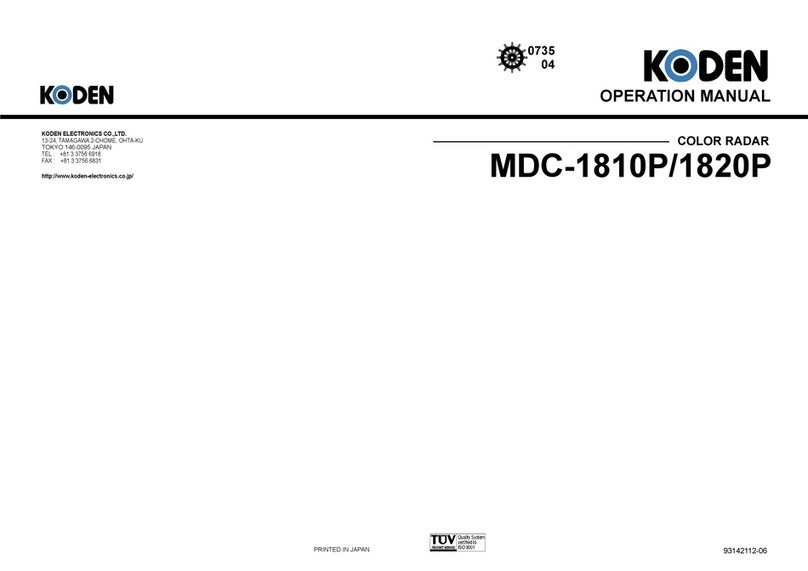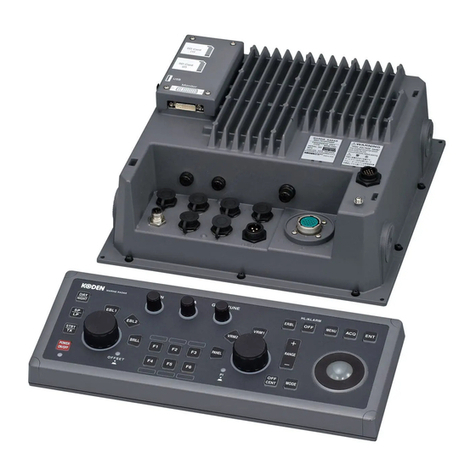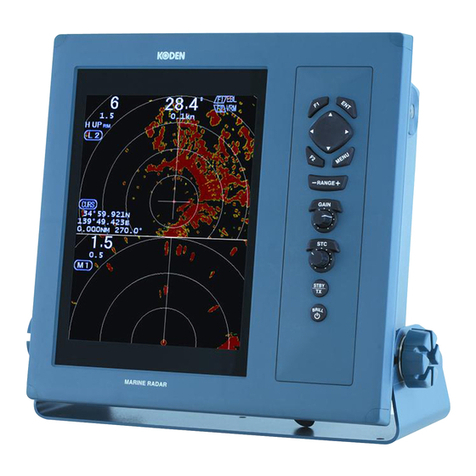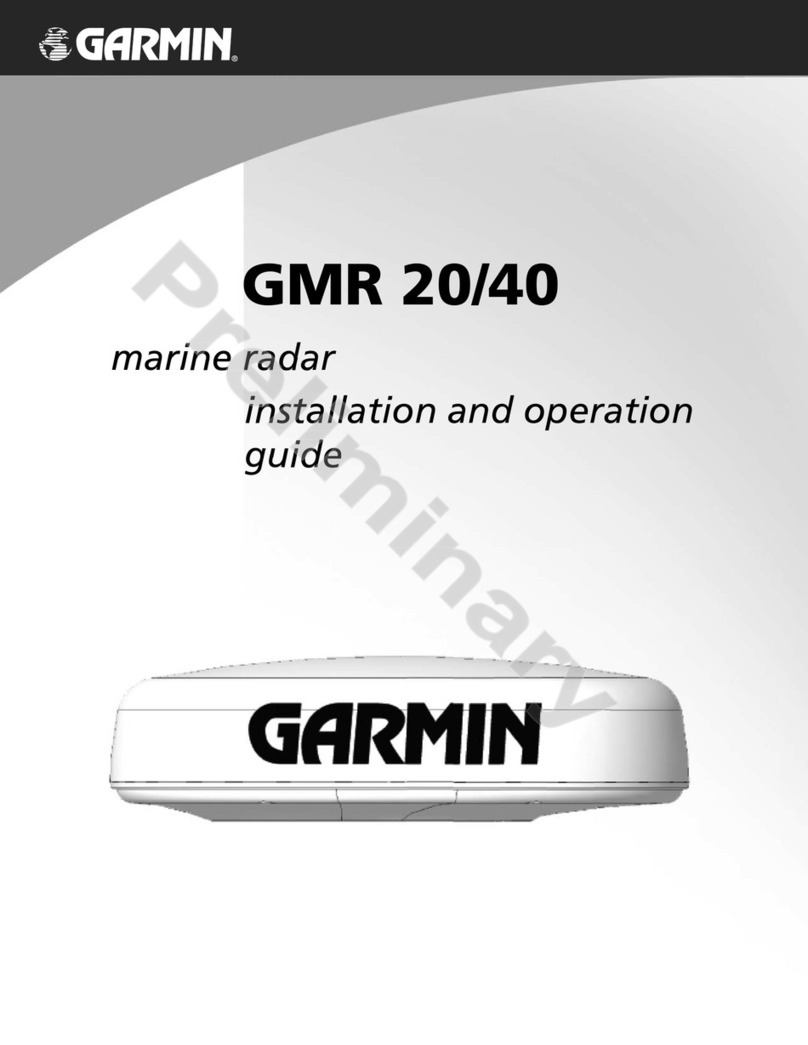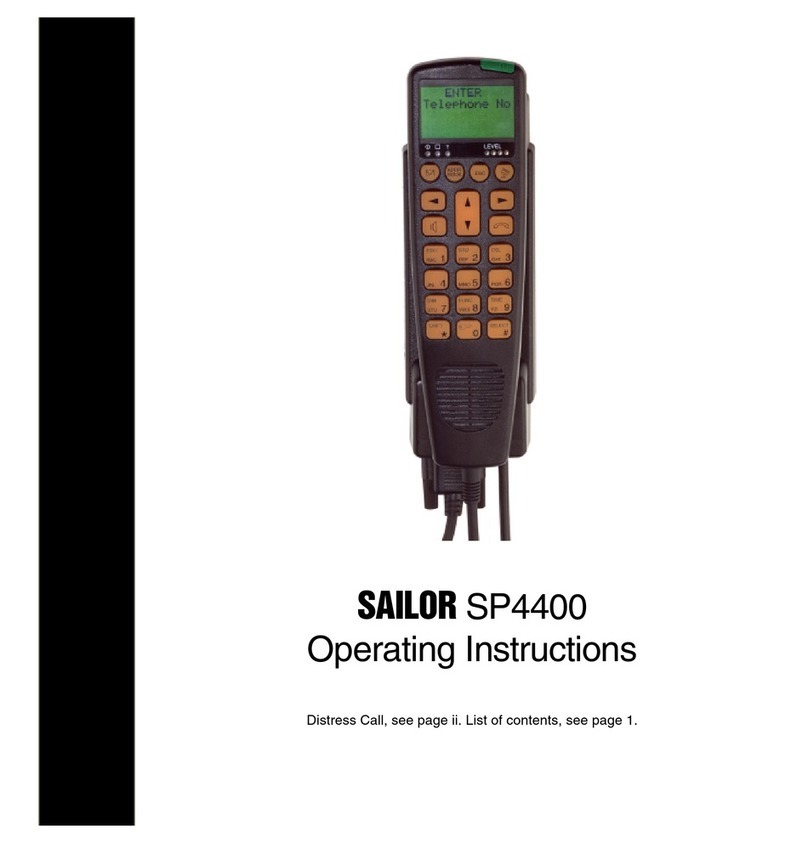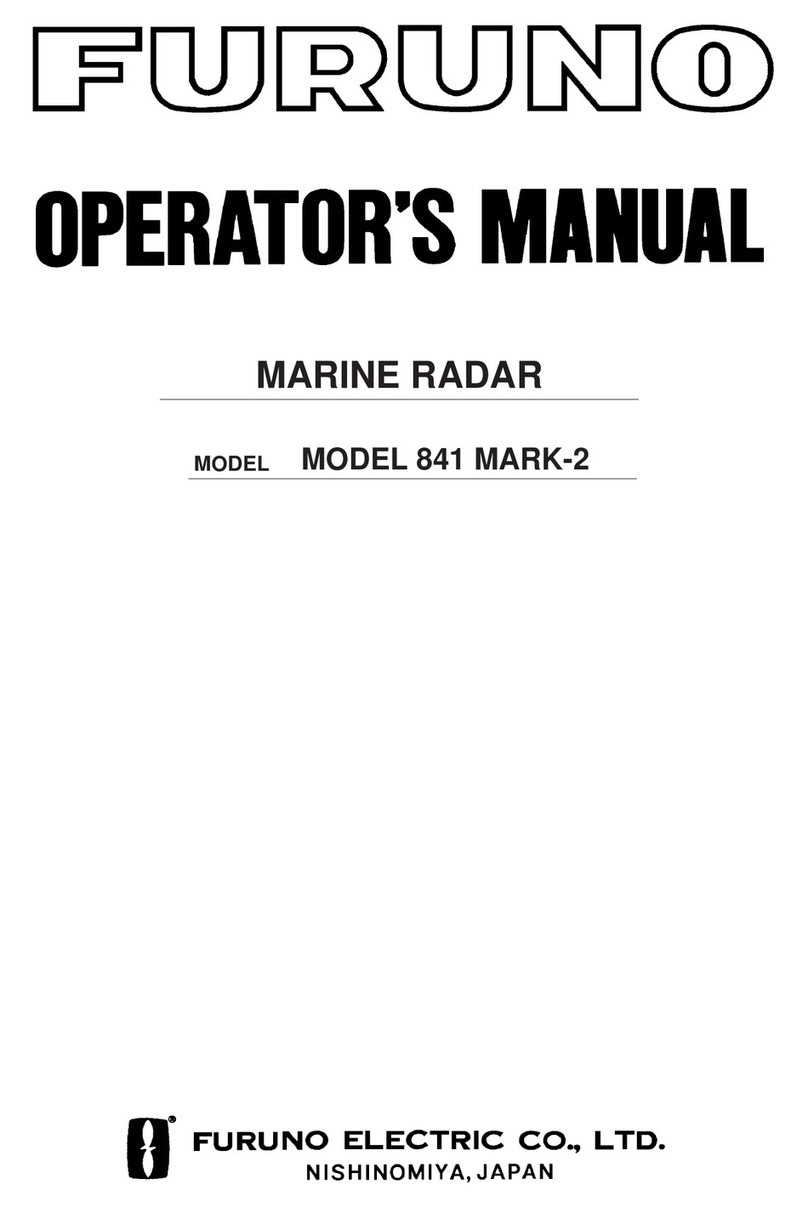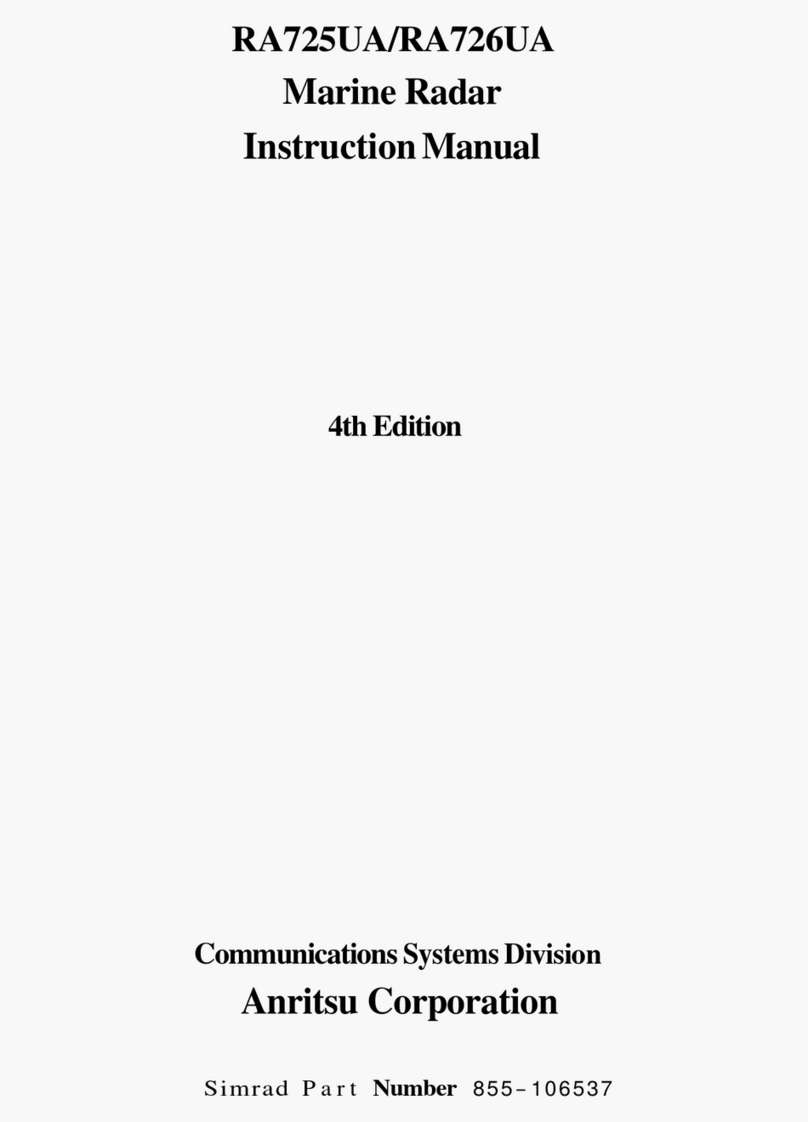(1)
(2)
(3)
*'Whenpulse
is
beating
butbreathing
hasstopped
* Mouth-to-mouth
respiration
Tilt
thevictim'sheadback
asfat
asthisface
looks
back.
(Apillow
maybeinsertedhisneck.)
Pushhis
jaw
upward
toopen
histhroatwide
(to
spread
hisairway).
Pinchthe
victim'snostrilsandtake
adeep
breath,block
his
mouth
completely
with
yours
and
blow
intohismouth
strongly.Takea deep
breathagainand
blowinto
his
mouth.
Continue
this
10to15
times
aminute
(blocking
hisnostrils).
Carefulty
watch that he has recovered
his naturalbreathingand practicing
artificial
respiration.
lfitisdifficutttoopen
thevictim's
mouth,
insert
arubberor
vinyltube
into
one
ofhisnostrils
and
blow
into
itblocking
theother
nostriland
his
mouthcompletely.
When
the
victim
recovers
consciousness,
hemaytry
tostandupsuddenly,
butlethim
lie
calmly
andservehimwithacup
ofhotcofieeorteaandkeep
himwarmand
quiet.
(Never
give
himalcoholicdrinks.)
(4)
(5)
(6)
Method
of
mouth-to-mouth
respiration
by
raising
head
(1) Raise
the
victim's
head.Support
his foreheadwith one of your
hand
andhisneck
withtheother
hand.-O
When
you
tilthis
headbackward,
the victim,in mostcases,opens
hismouth
to theair.
Thismakes
mouth-to-mouth
respirationeasy.
(2) Cover his mouth as widely as
possible
with yours and press
your
cheek
against
his
nose*@
Or, pinchhis nostrilswith your
fingers to prevent air from
leaking.---@
(3) Blowinto
hi.
Blowing into mouth until his
breast
swells.Blow
intohis
mouth
asquickly
aspossible
forthe
first
10times.
-iii-
Fig.1
Mouth-to-mouth
respiration
